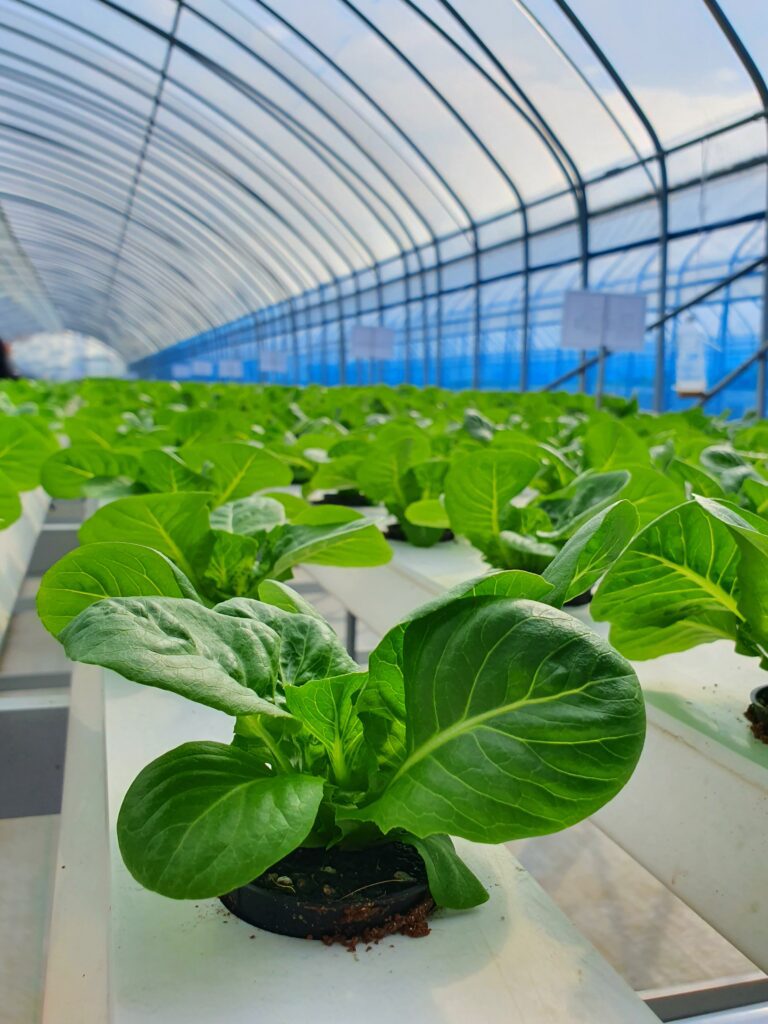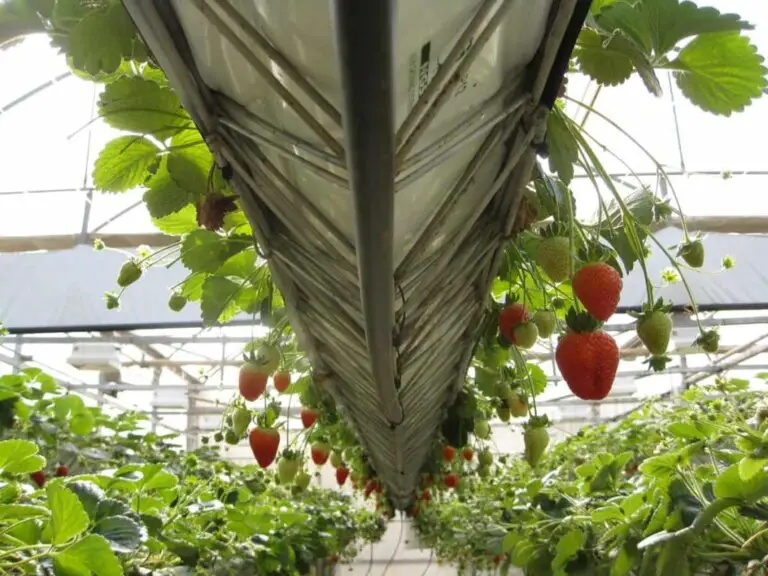Ruolan Digital pH Meter: A Review of the Best pH Meter for Hydroponics
Table of Contents
Enhancing the Accuracy of pH Readings
It is essential for gardening enthusiasts to accurately measure pH levels in their soil or hydroponic systems in order to achieve optimal plant growth. pH readings indicate the acidity or alkalinity of the growing medium, which directly affects nutrient availability and uptake by plants. Inaccurate pH readings can lead to nutrient deficiencies or toxicities, ultimately resulting in stunted growth and reduced yields.
One effective way to enhance the accuracy of pH readings is by using a reliable and calibrated pH meter. Investing in a high-quality pH meter ensures precise measurements and eliminates the guesswork associated with colorimetric test kits. It is important to calibrate the pH meter regularly using appropriate buffer solutions, as this helps maintain its accuracy over time. Additionally, cleaning and storing the pH meter properly after each use prevents contamination and ensures consistent results.

Another factor that can contribute to inaccurate pH readings is the presence of mineral buildup on the pH electrode. Over time, minerals from the growing medium or nutrient solutions can accumulate on the electrode, affecting its performance. Regularly cleaning the electrode with an appropriate cleaning solution or by gently wiping it with a clean cloth can help remove any residue and maintain accurate readings. Proper storage of the electrode in a storage solution also helps prolong its lifespan and preserve its accuracy.
By employing these practices, gardening enthusiasts can improve the accuracy of their pH readings and create the ideal growing conditions for their plants. The next section will explore additional techniques and considerations to further optimize pH measurements and ensure successful cultivation.
• Regularly calibrate the pH meter using appropriate buffer solutions
• Clean and store the pH meter properly after each use to prevent contamination
• Remove mineral buildup on the pH electrode by cleaning it with an appropriate solution or wiping it gently with a clean cloth
• Store the electrode in a storage solution to prolong its lifespan and preserve accuracy
Why is it important to enhance the accuracy of pH readings?
Enhancing the accuracy of pH readings is crucial because accurate pH measurements are essential in various fields such as scientific research, environmental monitoring, industrial processes, and medical diagnostics. Precise pH readings ensure reliable data analysis and informed decision-making.
What are some common sources of error in pH readings?
Common sources of error in pH readings include improper calibration of pH meters, electrode contamination, temperature fluctuations, aging or damaged electrodes, and poor storage and handling of pH measurement equipment.
How can I calibrate a pH meter to improve accuracy?
To calibrate a pH meter, you should use standard buffer solutions with known pH values. Typically, a two-point calibration is recommended, using buffers at pH 4.01 and pH 7.00 (or pH 10.01 for high pH ranges). Follow the manufacturer’s instructions for calibration and ensure regular recalibration to maintain accuracy.
How can I prevent electrode contamination?
Electrode contamination can be prevented by ensuring proper cleaning and storage of electrodes. Rinse the electrode with distilled water before and after each measurement. Use specialized electrode cleaning solutions and follow the recommended cleaning procedure. Store the electrode in a protective solution or pH storage solution when not in use.
How do temperature fluctuations affect pH readings?
Temperature fluctuations can affect pH readings because pH is temperature-dependent. The pH scale is based on measurements at a specific temperature (usually 25°C). To compensate for temperature effects, pH meters often have built-in algorithms or manual temperature correction features, which can enhance the accuracy of pH readings.
What should I do if my pH electrode is old or damaged?
If you suspect your pH electrode is old or damaged, it is advisable to replace it with a new one. pH electrodes have a limited lifespan and can deteriorate over time or due to mishandling. Regularly check the condition of the electrode and consult the manufacturer’s guidelines for proper maintenance and replacement.
How can proper storage and handling of pH measurement equipment improve accuracy?
Proper storage and handling of pH measurement equipment can improve accuracy by minimizing contamination, electrode damage, and other factors that can introduce errors. Store the pH meter and electrodes in a clean, dry, and controlled environment, following the manufacturer’s recommendations. Handle the equipment with care, avoiding excessive force or rough treatment.
Are there any other factors that can affect pH readings?
Yes, factors such as sample composition, air exposure, electrode response time, and the presence of interfering substances can also affect pH readings. It is important to consider these factors and take appropriate measures to minimize their impact on accuracy, such as using specialized electrodes for specific sample types or performing additional sample preparation steps.

Pallavi Gupta is a burgeoning writer at SouthElMonteHydroponics, blending her passion for data analysis with a keen interest in biotechnology. Currently pursuing a Bachelor’s in Biotechnology at Amity University, Pallavi delves into the intricacies of life sciences while gaining hands-on experience in the exciting world of data analysis. Her unique background provides a fresh perspective on hydroponic farming, as she explores the intersection of biotechnology and sustainable agriculture. Through her writing, Pallavi aims to bridge the gap between data-driven insights and innovative farming practices, inspiring others to harness technology for a greener future.







